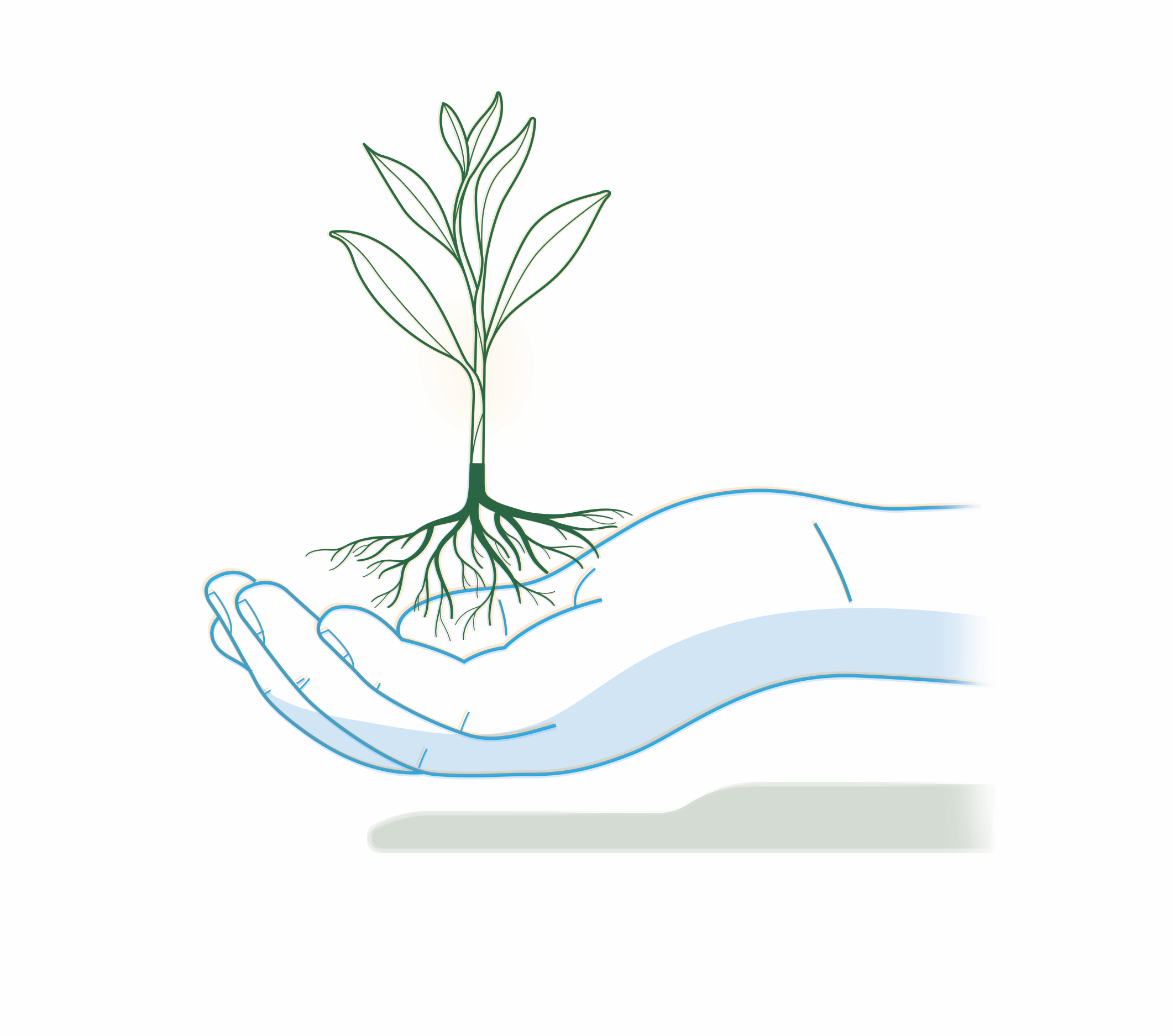
I’ve stood with Inuit elders by a great ice cliff in Greenland as water cascaded down and icebergs calved. It never used to melt, the elders told me. I’ve witnessed the shrinking of a Mount Kilimanjaro glacier. I’ve watched wildfires rage in Africa and in California. And I’ve seen the carcasses of animals who have died in droughts.
As I travel around the globe, people tell me how the weather patterns have been disrupted and the worst kind of hurricanes, typhoons and cyclones are getting more destructive and more frequent. It is because we are polluting and destroying the environment by using natural resources in an unsustainable way.
When I started my research in Gombe, Tanzania, in 1960, it was part of the forest belt that stretched across Africa. In 1990, I looked down from a small plane on an island of forest surrounded by completely bare hills. More people were living there than the land could support, so trees had been cleared to grow food or make charcoal.
In order to slow down climate change, we must solve four seemingly unsolvable problems. We must eliminate poverty. We must change the unsustainable lifestyles of so many of us. We must abolish corruption. And we must think about our growing human population. There are 7.7 billion of us today, and by 2050, the UN predicts there will be 9.7 billion. It is no wonder people have despaired. But I believe we have a window of time to have an impact. Here’s why I’m still optimistic.
Sign up for One.Five, TIME’s climate change newsletter
The Resilience of Nature
Habitats and species on the brink of extinction can recover if given a chance. When I realized the plight of the people living around Gombe, the Jane Goodall Institute started a program called Tacare to help them find ways to make a livelihood that did not involve devastating the environment. As they realized that protecting forests is good not only for wildlife but also for their own future, they became our partners in conservation. Today we have Tacare in six other African countries, and the hills in Gombe aren’t bare anymore.
The Human Brain
How is it possible that the most intellectual creature ever to walk the earth is destroying its only home? There has been a disconnect between our clever brains and our hearts. We do not ask how our decisions will help future generations, but how they will help us now, how they will help our shareholders, etc. Yet every day we are also inventing technology that enables us to live in greater harmony with the natural world (clean energy, for example). Those same communities around Gombe are using smartphones and satellite imagery to monitor their forests and set aside village land for regeneration.

Social Media
These networks have enabled us to connect on issues in a way never before possible. It was the People’s Climate March in New York in 2014 that showed me this in real time. People posted and told others to join them, and what was supposed to be a march of 100,000 turned into one of 400,000.
The Power of Young People
I started Roots & Shoots—a program in which kindergartners and university students alike choose projects to make the world a better place for animals, people and the environment—in 1991 when I realized how many had lost hope. It exists now in more than 50 countries, and many participants are working on climate-change-related issues.
If we all get together, we can truly make a difference, but we must act now. The window of time is closing.
This is one article in a series on the state of the planet’s response to climate change. Read the rest of the stories and sign up for One.Five, TIME’s climate change newsletter.
More Must-Reads from TIME
- Caitlin Clark Is TIME's 2024 Athlete of the Year
- Where Trump 2.0 Will Differ From 1.0
- Is Intermittent Fasting Good or Bad for You?
- The 100 Must-Read Books of 2024
- Column: If Optimism Feels Ridiculous Now, Try Hope
- The Future of Climate Action Is Trade Policy
- FX’s Say Nothing Is the Must-Watch Political Thriller of 2024
- Merle Bombardieri Is Helping People Make the Baby Decision
Contact us at letters@time.com
